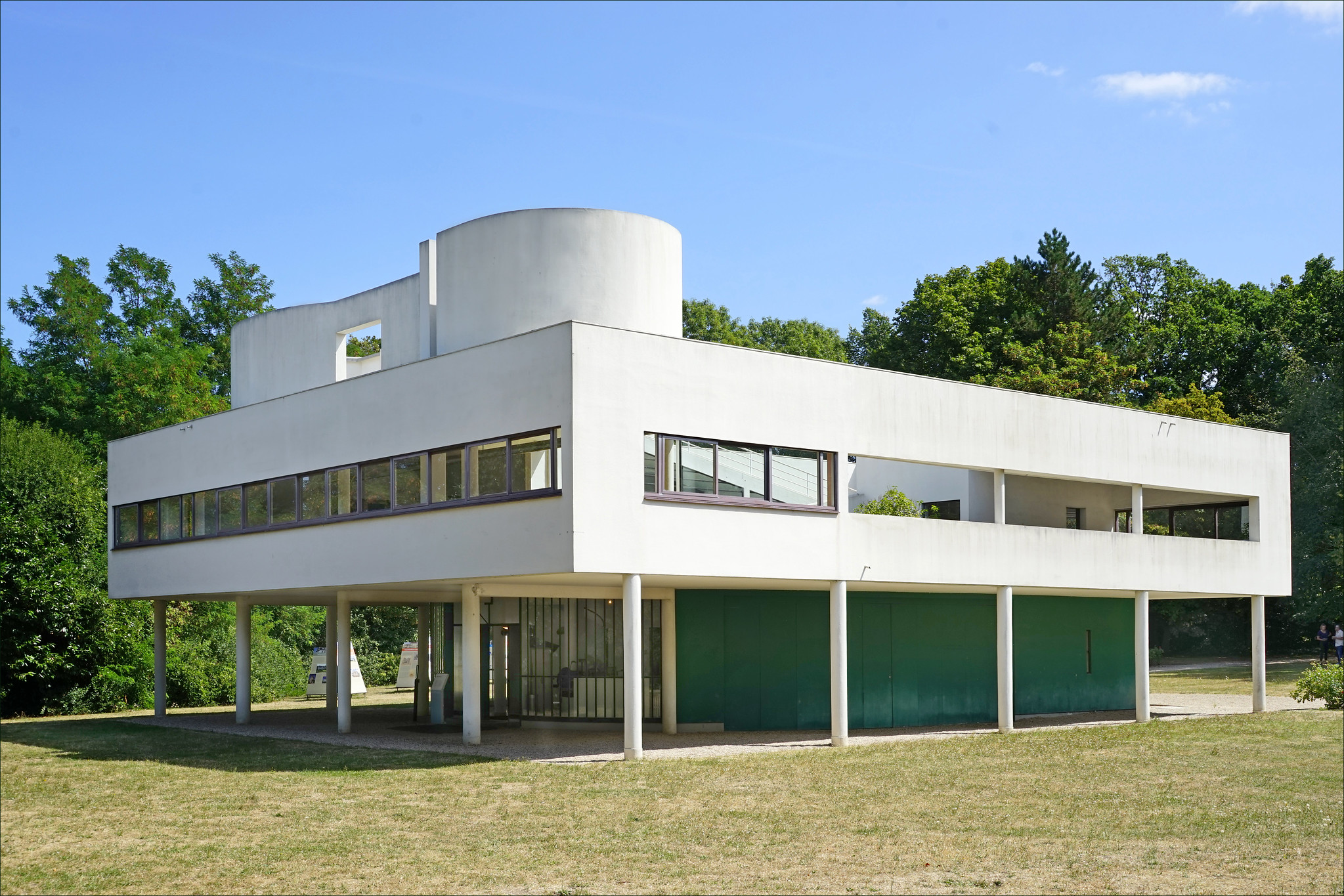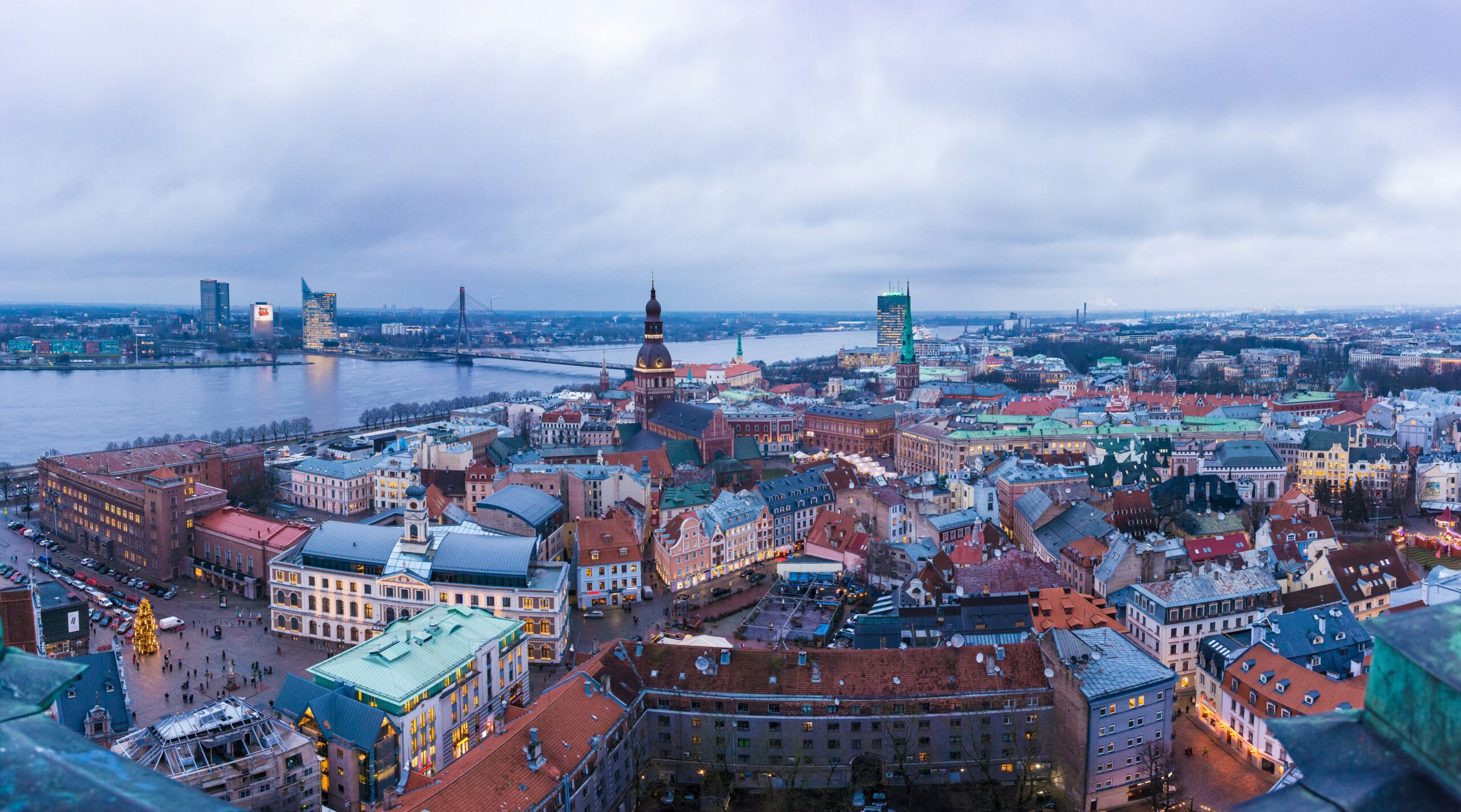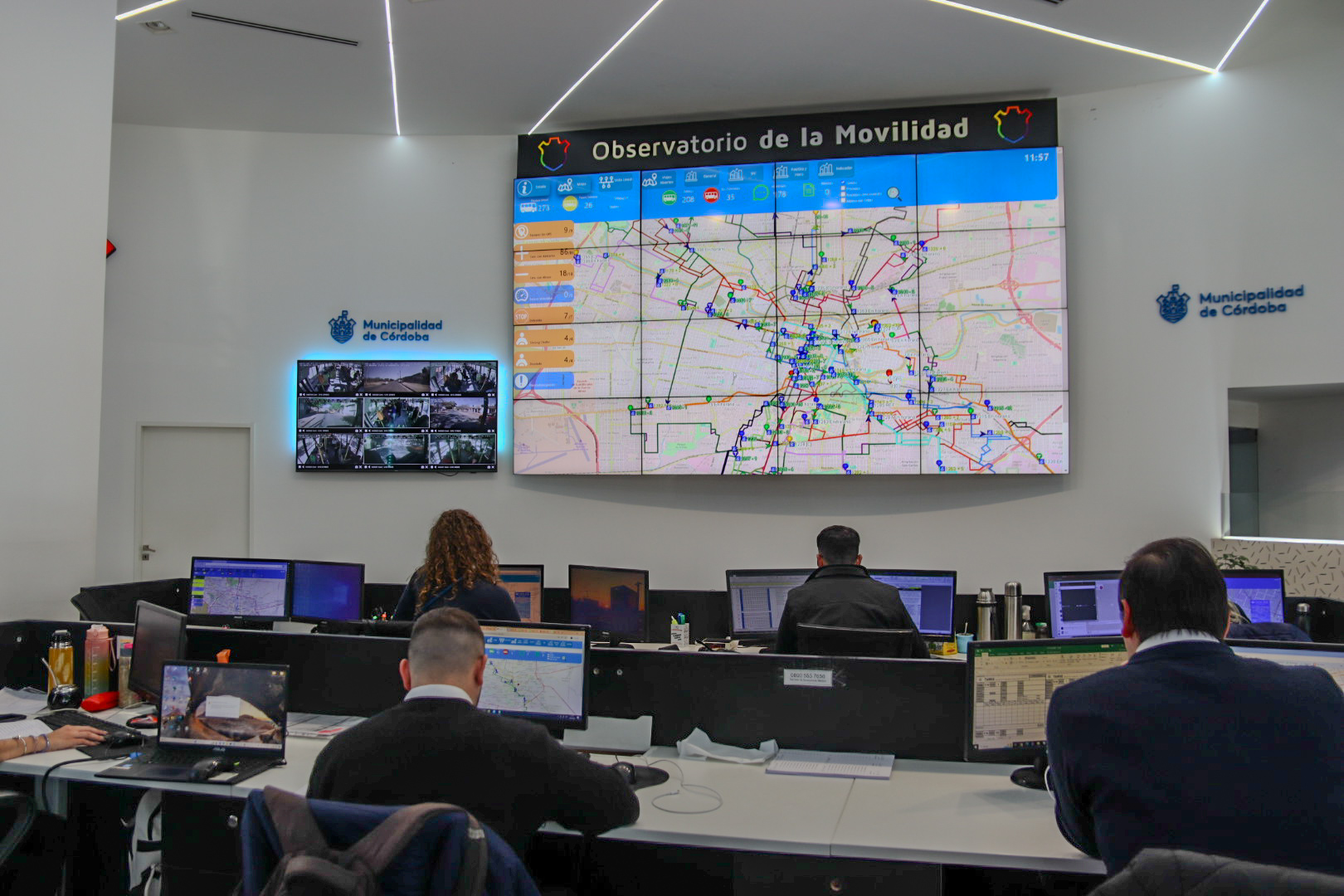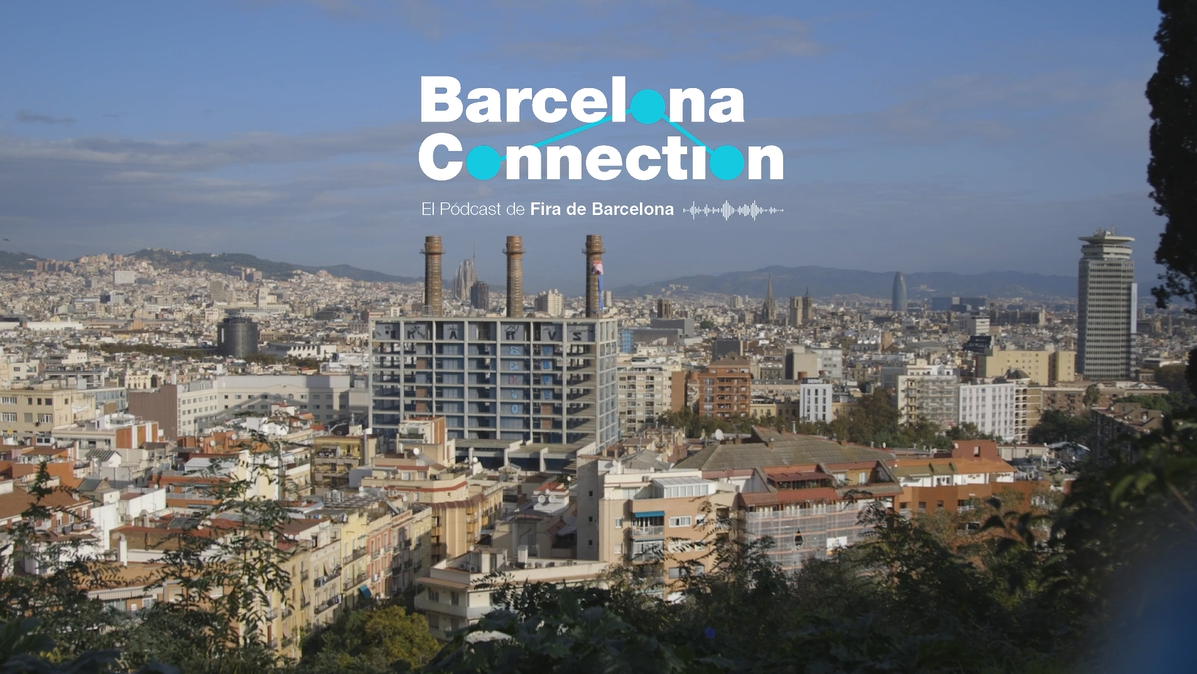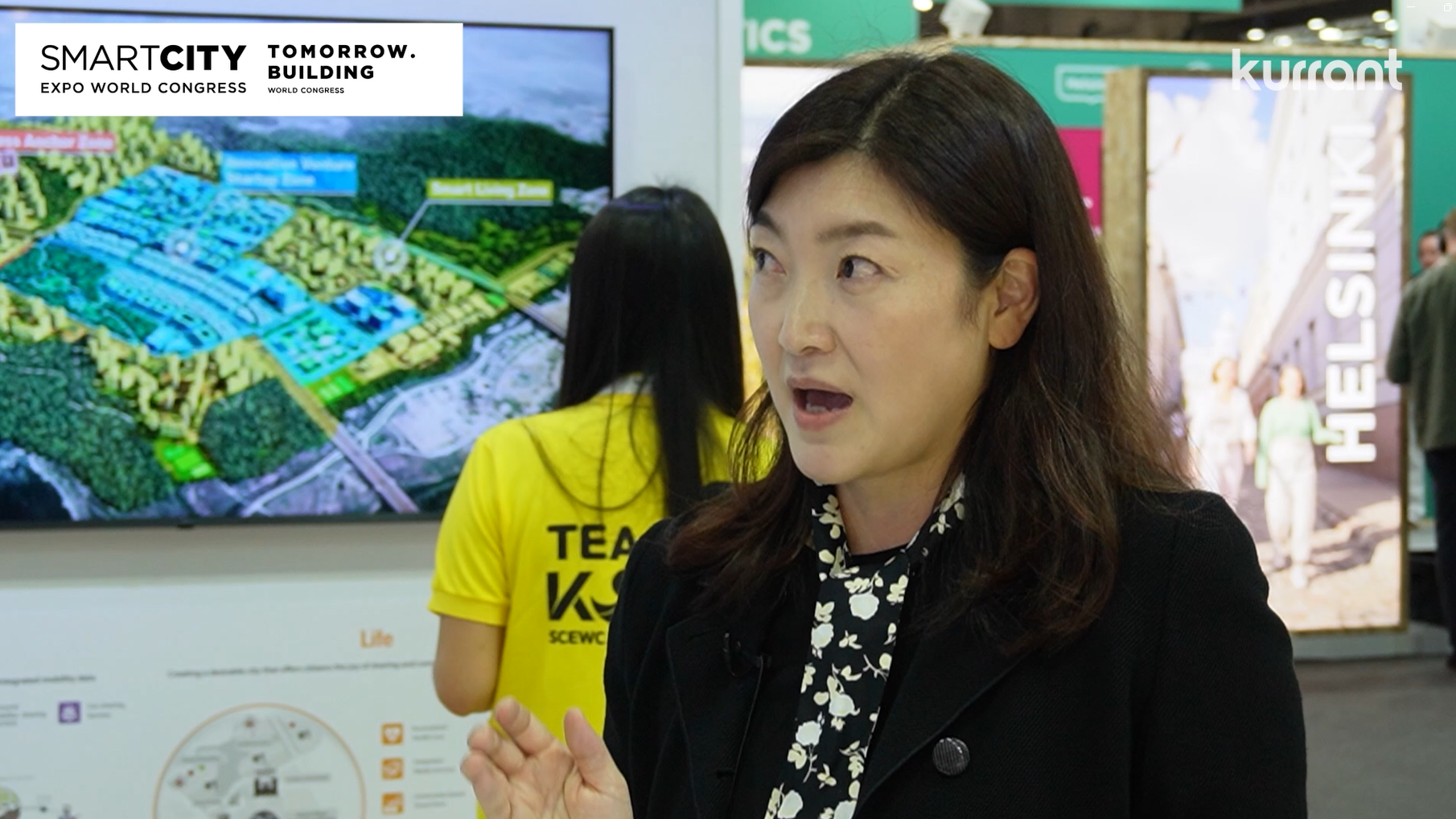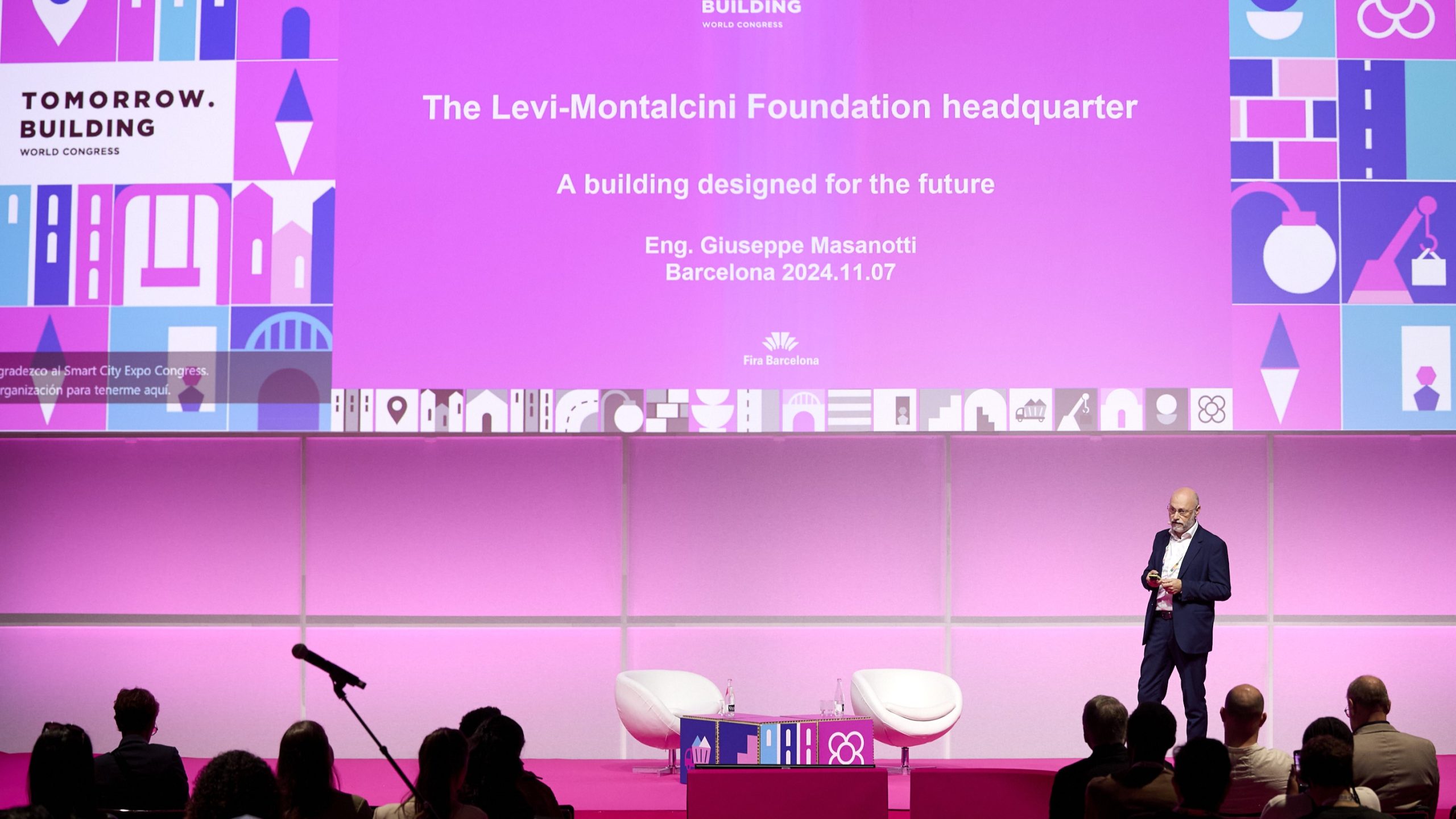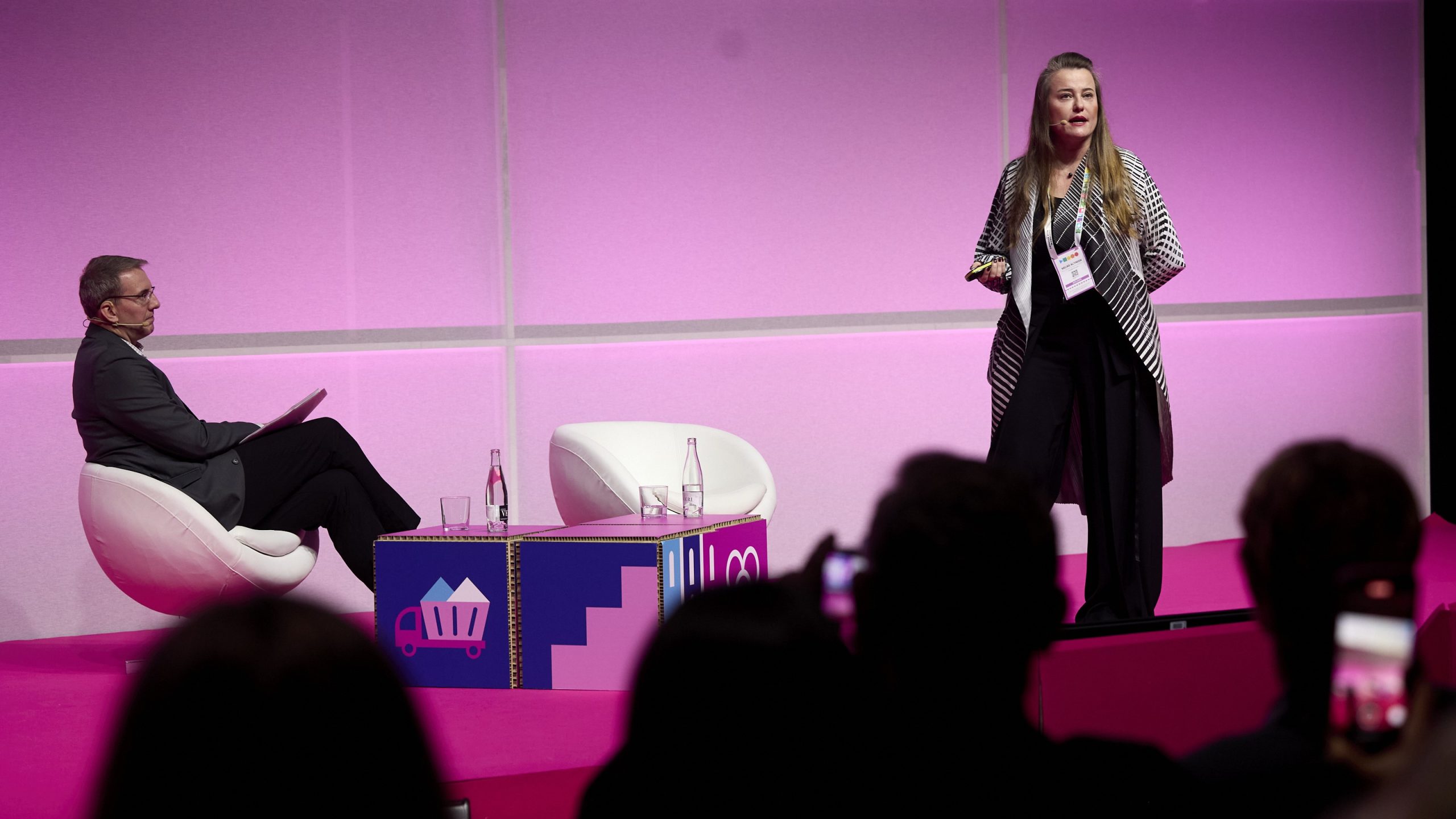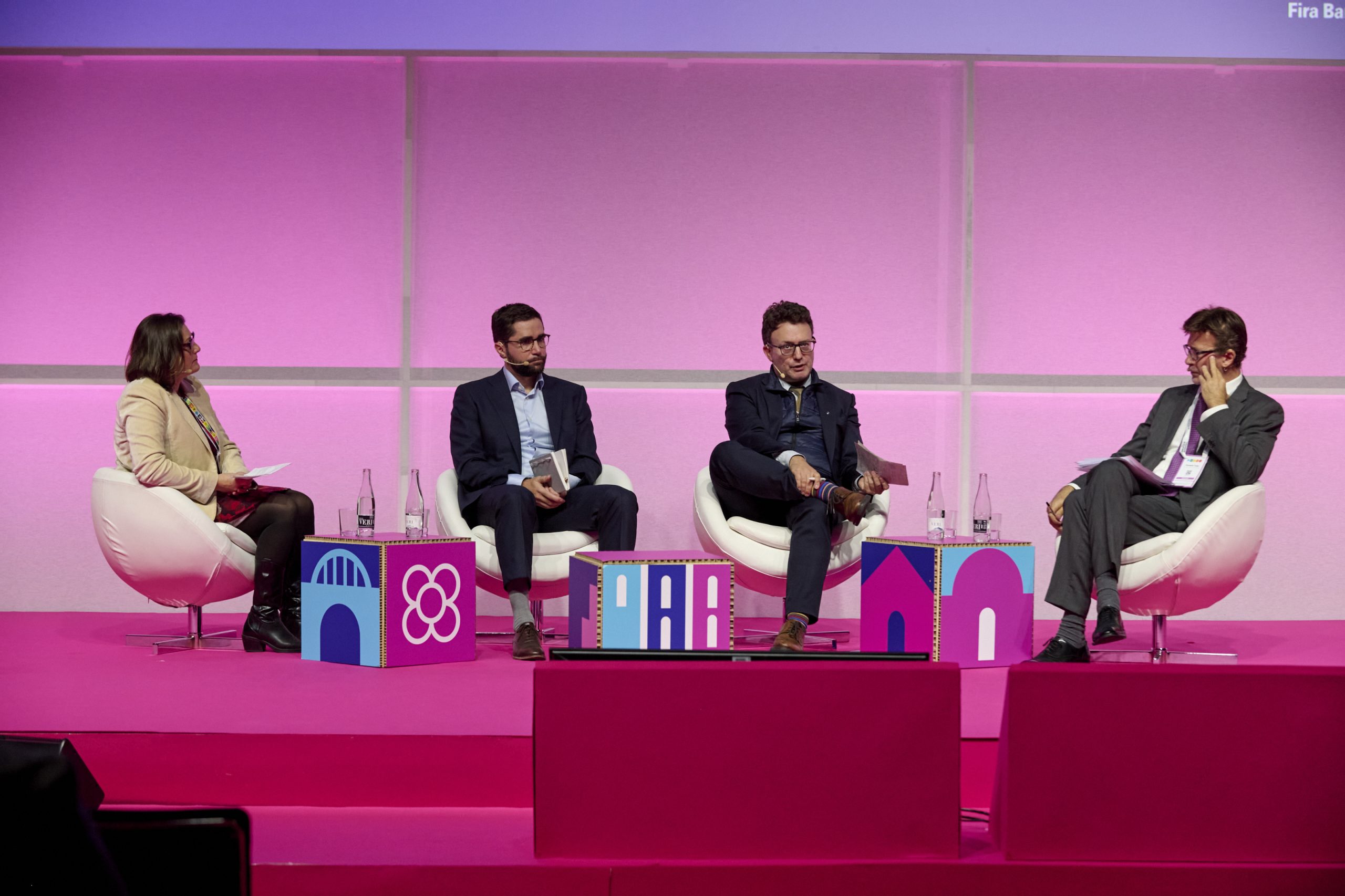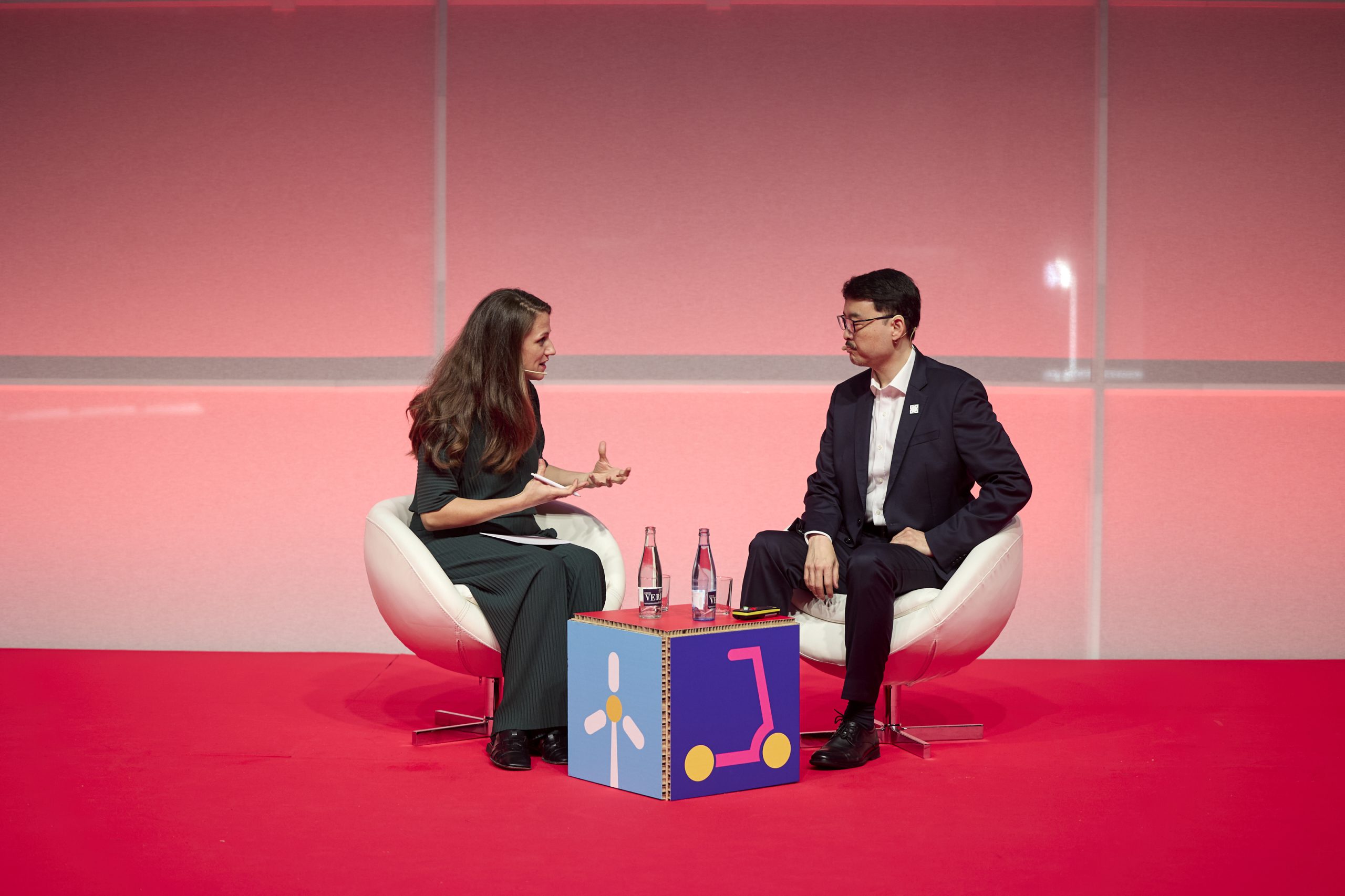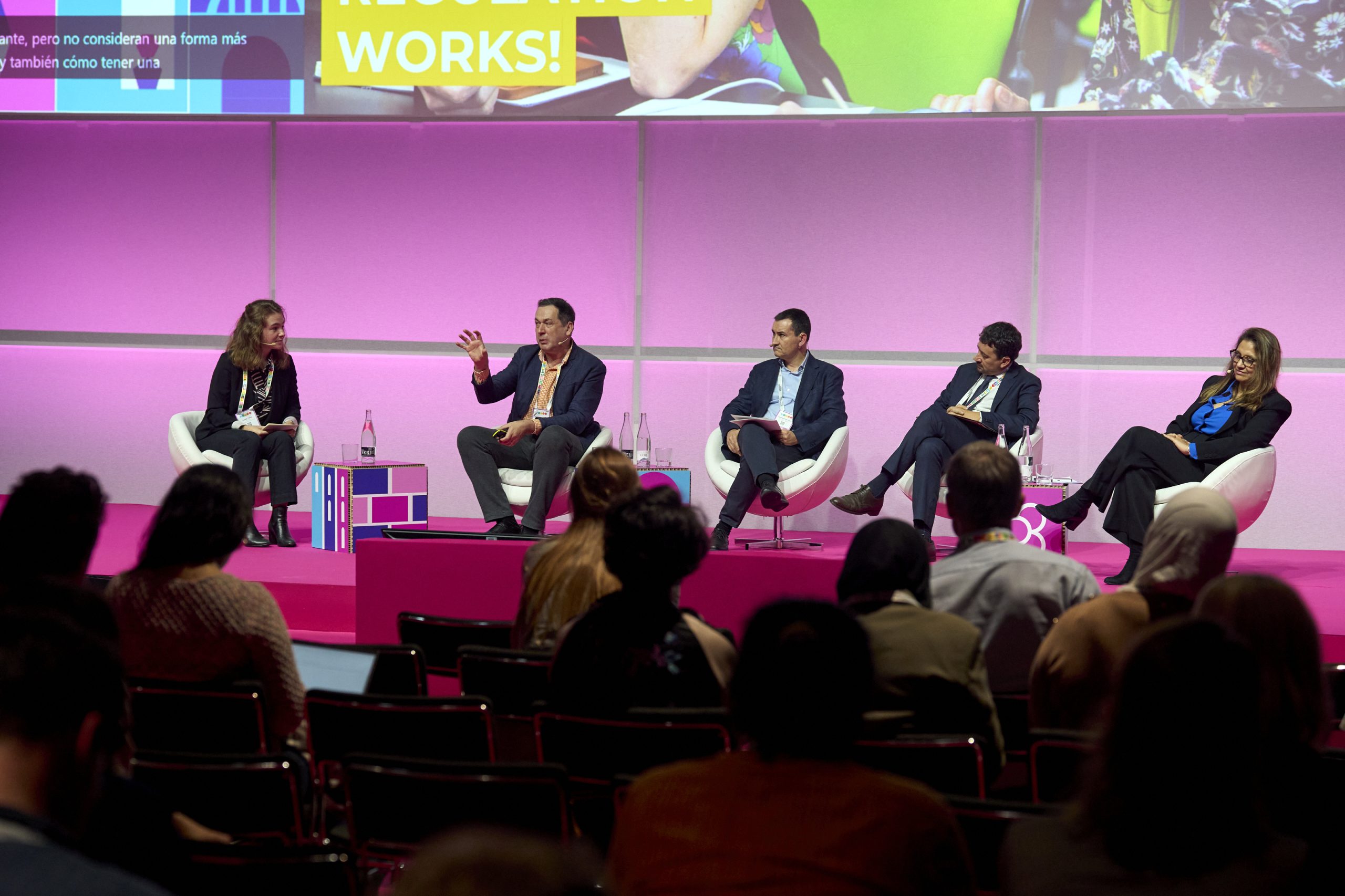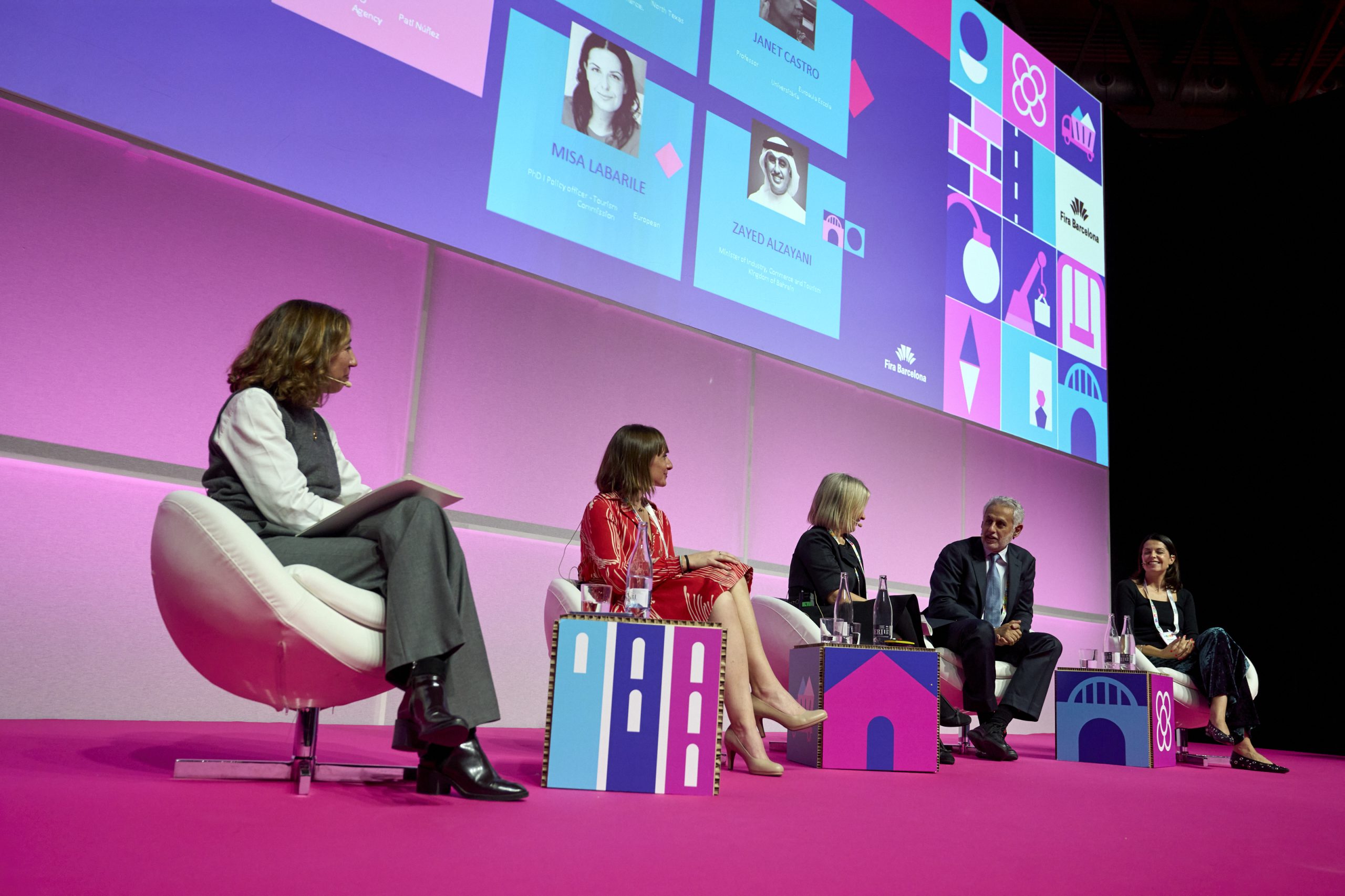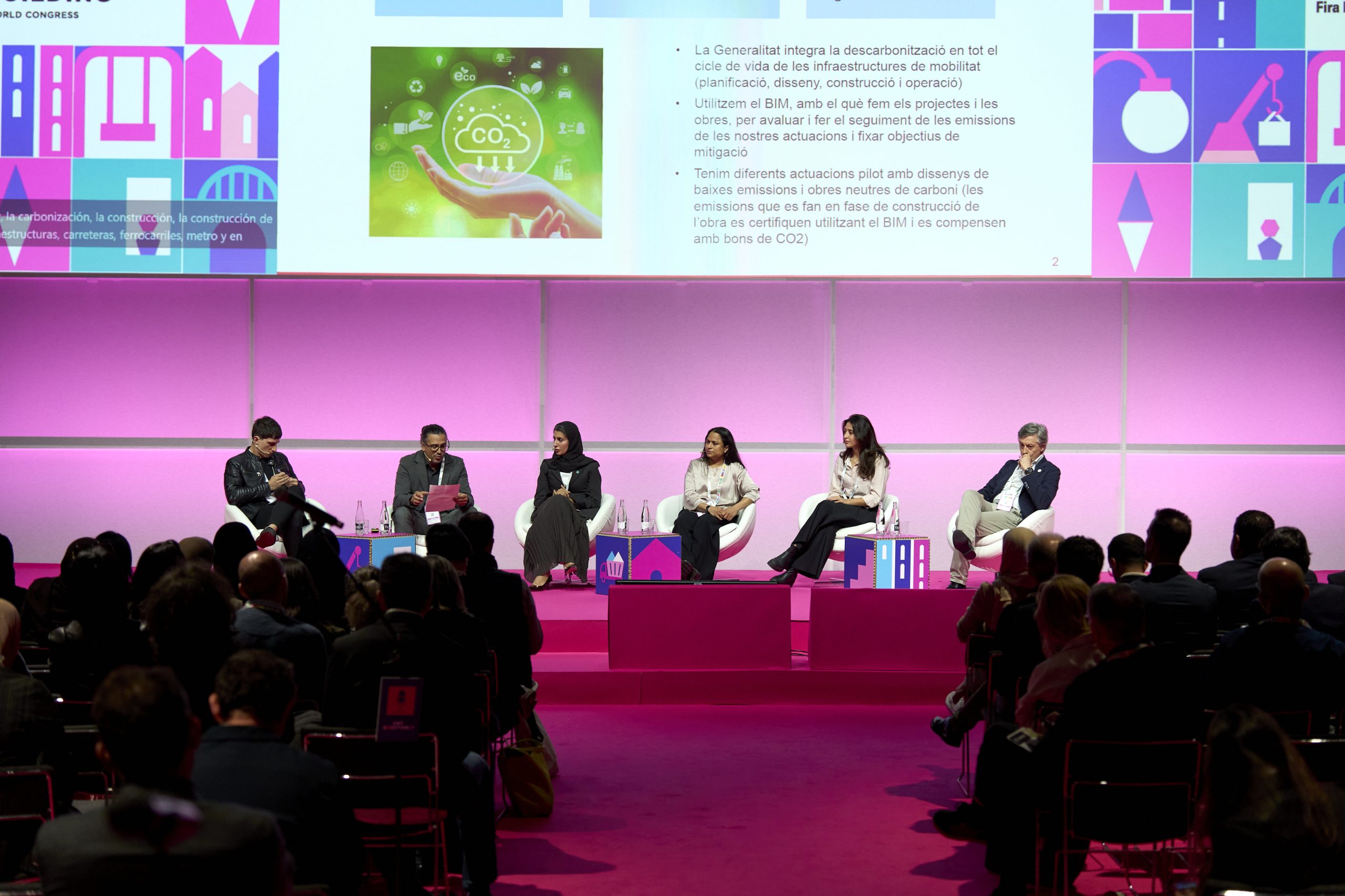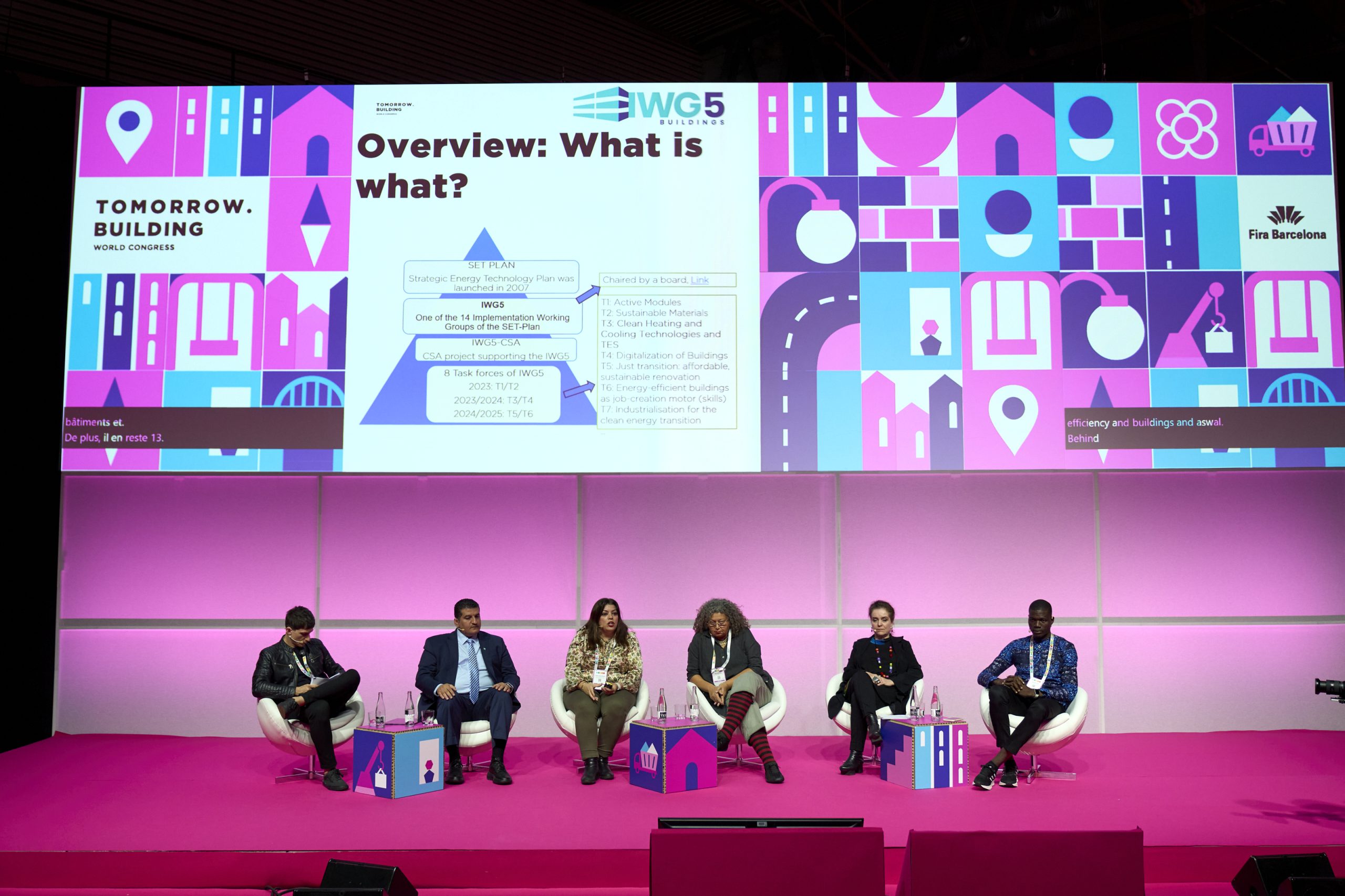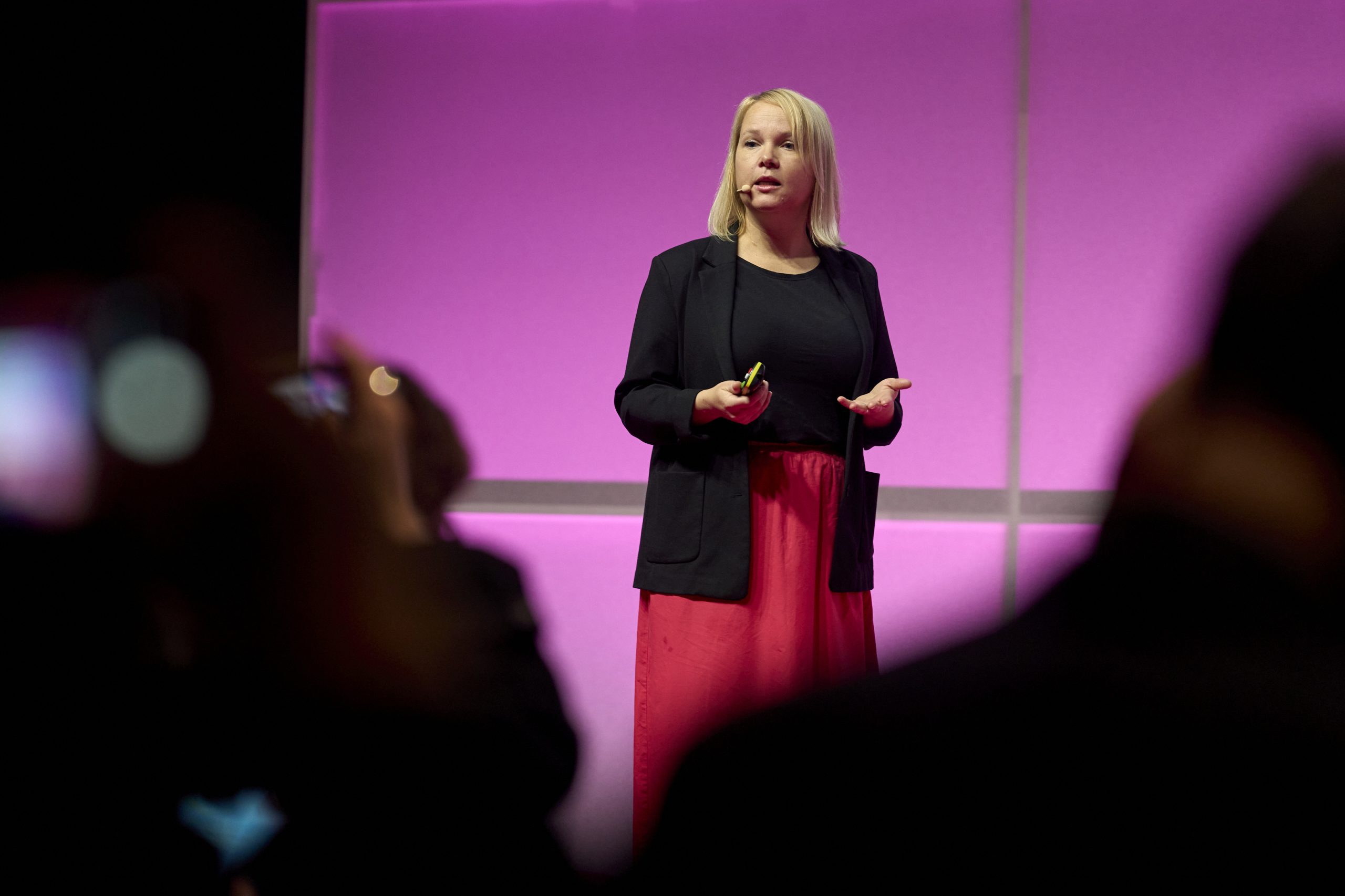Autor | Jaime Ramos
The trial and error heuristichas been associated with the history of technological development. Of course, this applies to cities too, and many of them have been at the center of the success and failure of all sorts of solutions. Below we shall take a look at some of the most promising advances that eventually came to nothing.
What is a failed technology?
A technology fails when it does not meet the expectations for which it was developed. It may have originally seemed promising or revolutionary. However, once applied, it proves to be useless for the function for which it was designed.
Why do technologies fail in cities?
In reality, the above is just one of the main reasons. The urban setting has its own challenges and limitations that lead to innovations encountering stumbling blocks, such as those related to their economic viability; with added and not particularly practical scientific efforts to reach their full potential; or, which even lead to unwanted consequences.
Today we can cite dozens of urban solutions that initially appeared to be revolutionary, but which failed to take off. Such is the case of Hyperloop. This idea of a network of pods capable of traveling at speeds of 1,100 km/h picked up years ago by Elon Musk, is now encountering a great number of obstacles which, at the moment, are preventing it from achieving the ideal of joining Los Angeles and San Francisco in 30 minutes.
Although it is too soon to sentence Hyperloop, this and other existing solutions can learn from some technologies that confirmed their failure or which, even when they appeared to be promising, failed to materialize.
1. The electric car… at the beginning of the 20th century
The automotive industry now tells us that the electric vehicle is our present. This has been demonstrated around the world, where electric vehicles have reached an unprecedented market share and in city centers that only allow electrified vehicles on their roads. However, the technology is older that it may seem.
At the beginning of the 20th century, there were primitive electric vehicles that exceeded autonomies of 100 kilometers. And not just electric vehicles, hybrid engines and hydrogen fuel cells were also created during the industrial revolution. The first electrification involved numerous manufacturers, some as prestigious as Porsche, which developed a car with an autonomy of 78 kilometers.
Why did it fail? As an emerging technology, electric vehicles were up against numerous challenges. These were never explored, to a large extent because the industrial model introduced by Henry Ford (together with pressure from the industry) acquired a sufficiently intense supremacy to do away with the other alternatives for a few decades.
2. Mass produced homes with concrete molds

Ford provided his quintessence to the capitalist system with mass production. But, what if a similar idea could be applied to the construction of buildings? That was the ultimate idea behind Thomas Edison’s adventure in the concrete production sector.
The inventor and businessman became involved in the improvement of production processes, inventing a type of burner that obtained significant profits for his company. The next step was to design a new business model, based on the mass production of homes using concrete molds. The project started with a standard mold for a three-story house with six bedrooms. Edison also designed the same mold pattern for concrete furniture. The final price for the house would be 1,200 dollars at the time.
Why did it fail? Edison abandoned the idea after seven years as he was unable to achieve a material with guarantees to culminate the project, which scared off investors as well.
3. Transmission of electrical energy without wires

A declared enemy of Edison, Nikola Tesla was an absolute genius. The father of the alternating current left countless promising innovations along the way. One of the most ambitious projects and with the greatest potential to modify our lifestyle was his ideal of transmitting electrical energy without wires.
In 1901, Tesla received $150,000 to fund the invention, which he used to erect an 86-meter tall tower Wardenclyffe Tower. Tesla not only wanted to exploit the advantages in the radiofrequency field, but his ambition went further. He was determined to demonstrate that he could illuminate New York City transmitting millions of watts by air.
Why did it fail? Tesla’s mega-project needed more funding to go ahead and the sponsors, JP Morgan, turned the credit tap off due to fears that this new energy distribution system would damage his other businesses. Tesla’s ideal, however, has been the subject of considerable scientific debate over the decades and it is still a possibility.
4. The Utopian garden-city and radiant city

Within urban planning, in modern history there have always been trends which, at the beginning, showed a great deal of potential to tackle the challenges of cities. Some constituted the grounds for the principles of urban planning and emerged during the latter half of the 20th century, with new urbanism or smart growth.
Decades before, during the transition from the 19th century to the 20th century, urban planners like Ebenezer Howard and Le Corbusier tried to innovate with solutions that were ahead of their time. They were the fathers of two paradigmatic examples: the garden city and the radiant city.
They coincide in being rational urban planning models in which they brilliantly give priority to efficiency, the promotion of green areas and, in short, the combination between economic benefit and social wellbeing.
Why did they fail? Both currents shared the problem that their theoretical concepts did not correspond with a complex social and urban reality. While the rationality of the radiant city that was too projected to be applied in a practical manner, the garden-city had various success stories around the world, a great number of these ended up becoming blotched and even corrupt and serving the purposes of excessive urbanization and industrialization. Even so, today Howard’s principles are still used as a reference.
5. The monorail

During a considerable part of the 20th century, the monorail was the transport of the future that never materialized. Its advantages included the fact that its railway could be installed using less space than conventional trains. It can be adapted more easily.
Why wasn’t it a success? Despite existing in various parts of the world, the monorail did not become a mass and functional mode of transport. It does not tend to attract the attention of the authorities, despite variants such as the maglevs reaching speeds of 400 km/h. The truth is, since the end of the 19th century, there are numerous technical challenges that still exist, such as those involved with the system of changing rails.
An example of a failed invention was the attempt to resolve some of the passenger transport problems of Mumbai with the monorail. The Indian city ended up closing the only line in operation in 2019. It barely transported 10% of the estimated number of passengers. Many urban planning solutions that we can see today (Hyperloop, self-driving cars or the eVTOL should take into account past failures in order to succeed in smart cities.
Images | Johnny Cohen, Wikimedia.commons/NPS.gov, Wikimedia.commons/Ebenezer Howard, Wikimedia.commons/Dan Leveille, Flickr/Governo do Estado de São Paulo






